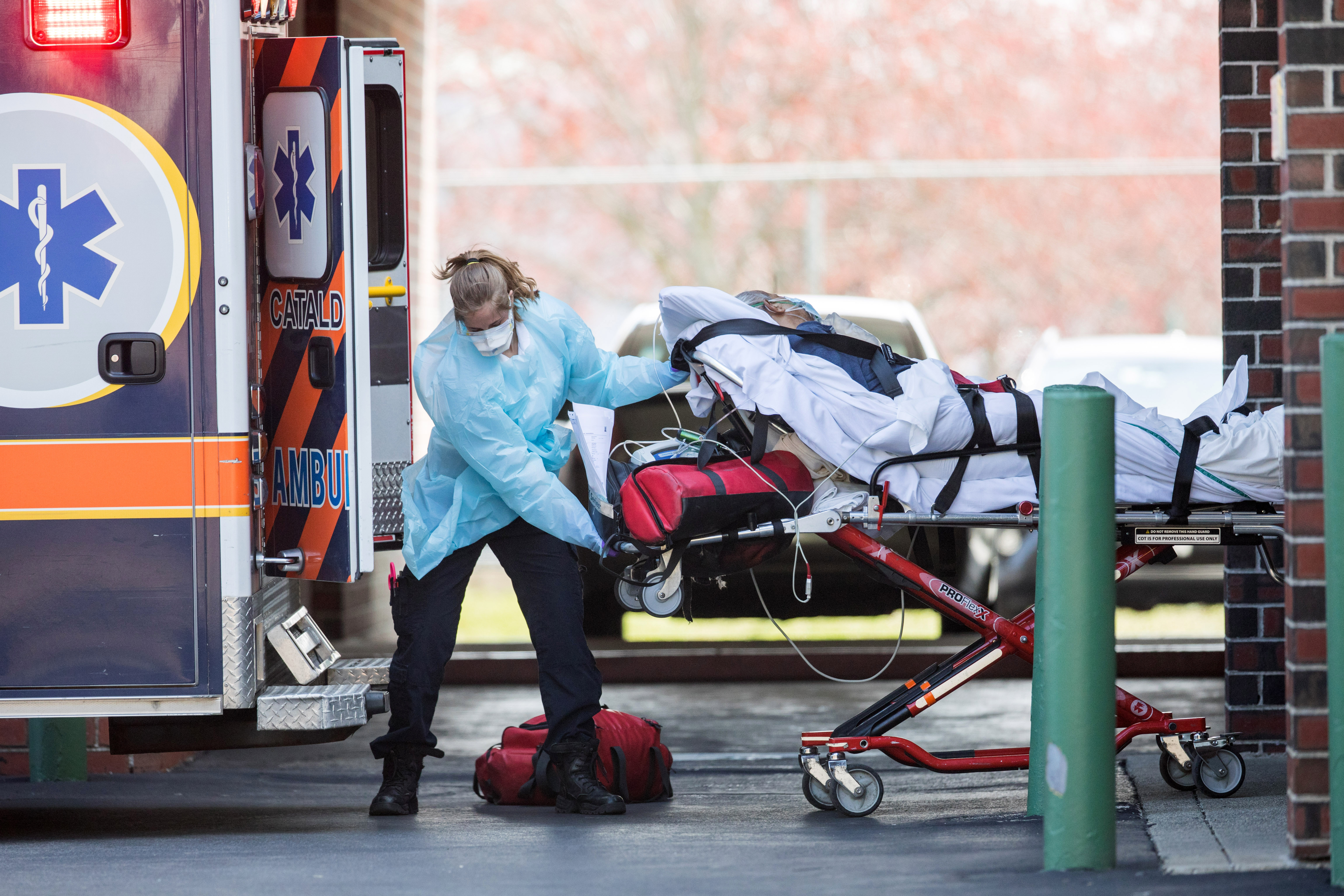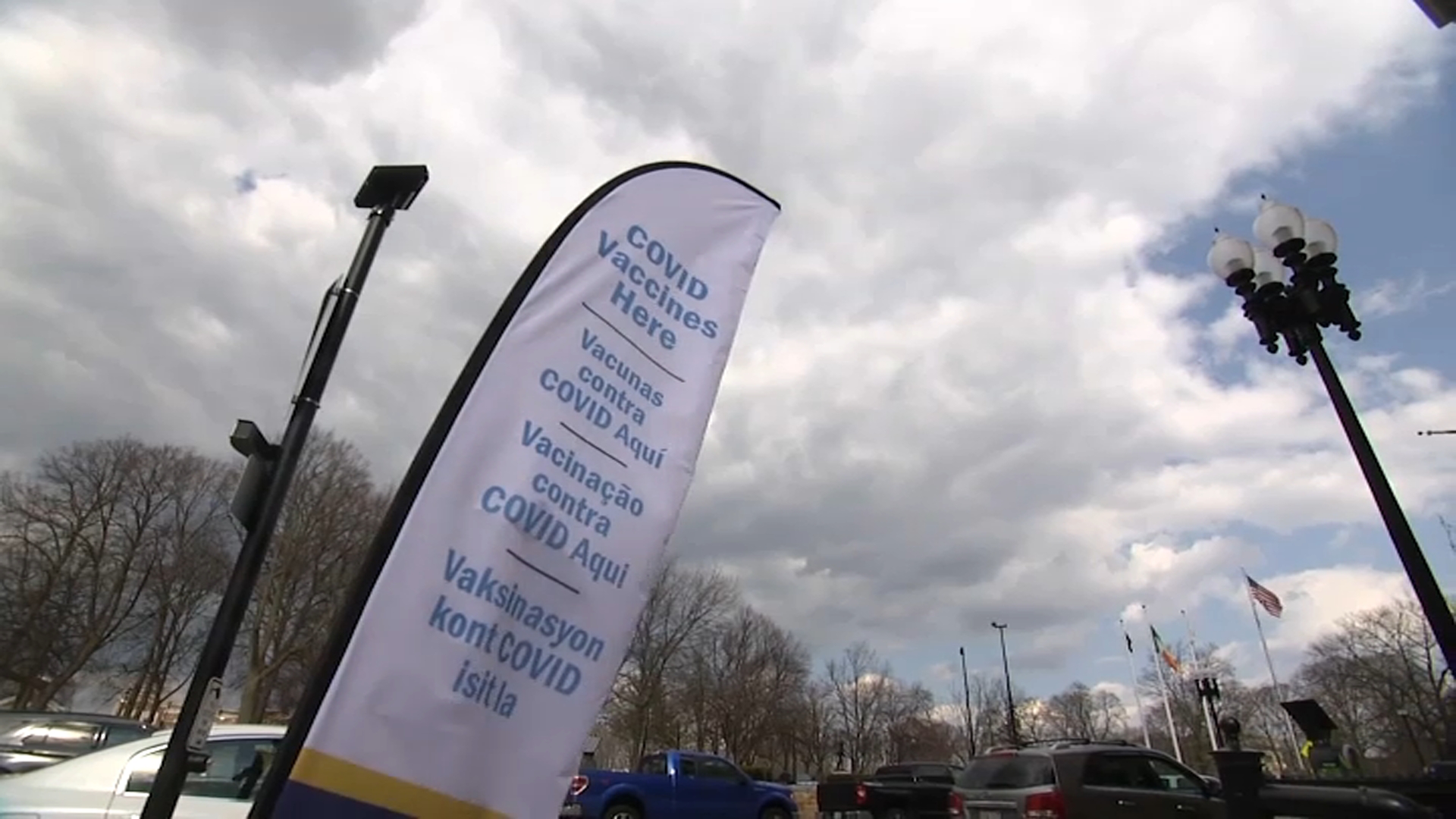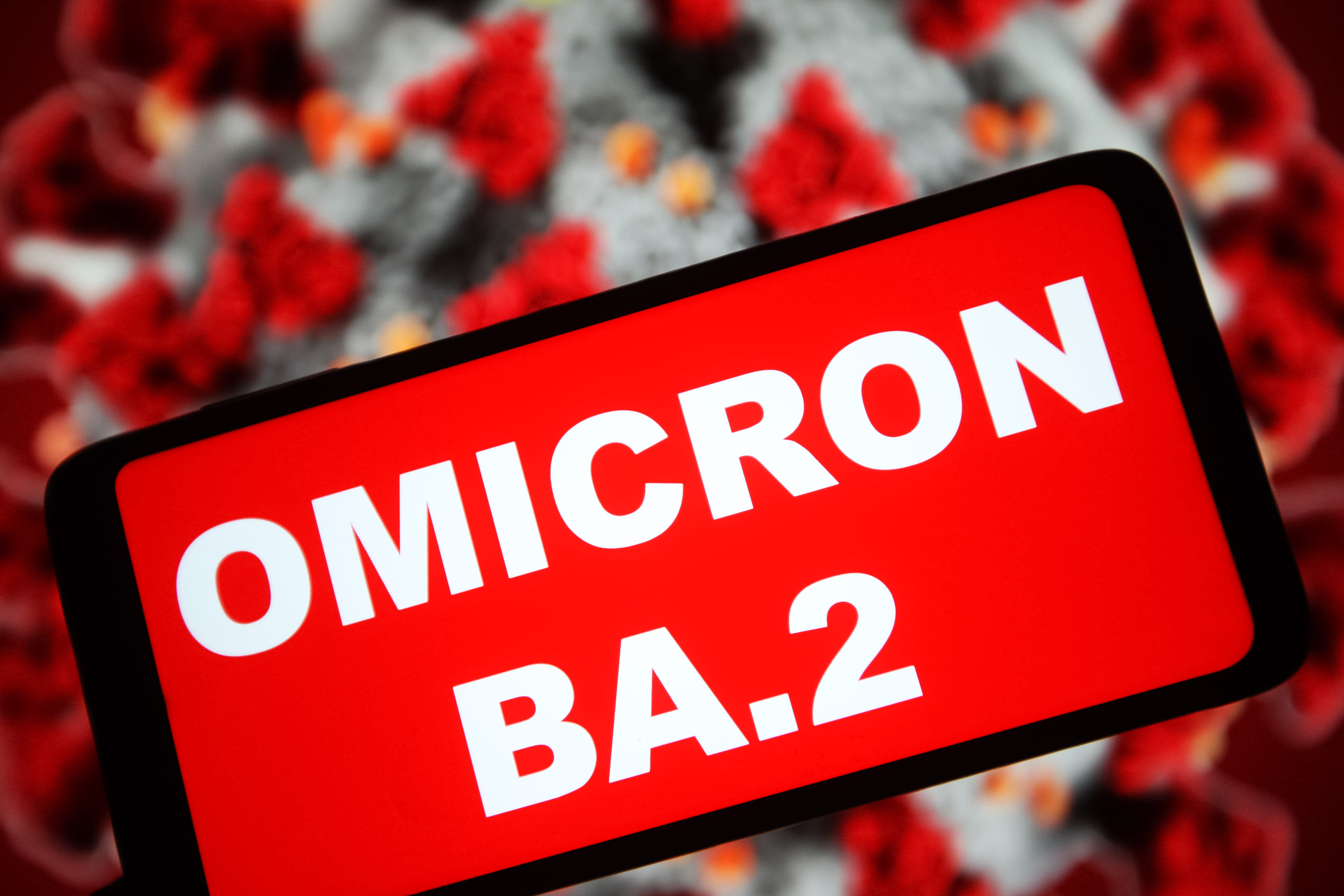News about the BA.2 omicron subvariant continues to grow as it becomes the dominant COVID-19 strain not just in New England but across the U.S., but what should you be watching for?
According to the CDC, that variant accounts for over 70% of COVID circulating in New England. By comparison, it is responsible for more than half of new infections nationally.
Experts say what happens in the next few weeks in the U.S. could be critical to whether or not the U.S. will follow in Europe's footsteps as several countries report outbreaks similar to levels seen during Chicago's omicron surge in January.
So what is BA.2, what are the symptoms associated with it, where has it been detected and how contagious is it? Here's a breakdown.
Get Boston local news, weather forecasts, lifestyle and entertainment stories to your inbox. Sign up for NBC Boston’s newsletters.
What is the stealth omicron, or BA.2, variant?
BA.2, also known as "stealth omicron," is considered a subvariant of omicron.
The new strain has several key mutations, with the most important of those occurring in the spike protein that studs the outside of the virus. Those mutations are shared with the original omicron, but BA.2 also has additional genetic changes not seen in the initial version.
So far, it has not yet been declared a variant of concern on its own.
Health officials are looking very closely at whether or not BA.2 needs to be classified separately and monitored separately. But even without that it is a variant of concern, and is being monitored very closely at the local levels, at the state levels and at the national levels.
How contagious is BA.2?
According to several health experts, BA.2 appears to be more transmissible than omicron.
White House chief medical advisor Dr. Anthony Fauci said BA.2 is about 50% to 60% more transmissible than omicron, but it does not appear to be more severe.
"It does have increased transmission capability," Fauci said Sunday on ABC's "This Week." "However, when you look at the cases, they do not appear to be any more severe and they do not appear to evade immune responses either from vaccines or prior infections."
Northwestern University's Dr. Michael Angarone, an associate professor of medicine in infectious diseases, said the increased transmissibility could be particularly strong in close contacts of those infected, but it's still too early to tell.
"We're still trying to figure out why are we seeing this rising number of cases in some of these countries in Europe and that is because there's something markedly different about the virus," he said. "So is it more transmissible? Are more people going to become infected from one infected individual? There might be some markers of that."
What are the symptoms of BA.2?
Medical experts say the symptoms for BA.2 are similar to those seen in many COVID infections.
These can include:
- Fever or chills
- Cough
- Shortness of breath
- Fatigue
- Muscle or body aches
- Headache
- Loss of taste or smell
- Sore throat
- Congestion or runny nose
- Nausea or vomiting
- Diarrhea
But a Centers for Disease Control and Prevention report released late last year showed that omicron tended to cause the following symptoms:
- Cough
- Fatigue
- Congestion
- Runny nose
For some people, coronavirus causes mild or moderate symptoms that clear up in a couple weeks. For others, it may cause no symptoms at all. For some, the virus can cause more severe illness, including pneumonia and death.
Most vaccinated people either have no symptoms or exhibit very mild symptoms, according to health officials, and the virus rarely results in hospitalization or death for those individuals.
Will BA.2 cause a surge in the U.S.?
Experts said they're watching closely, particularly as restrictions continue to lift across the U.S., but many say that even if a surge is seen, it likely won't be to the level seen earlier this year.
"I'm not expecting a big surge here, but we're gonna have to pay close attention and really be driven by data as we have throughout the whole pandemic," White House COVID-19 Response Coordinator Dr. Ashish Jha said recently.
Fauci also said he expects an increase in cases due to BA.2, but not necessarily a massive surge like other variants have caused.
"The bottom line is we'll likely see an uptick in cases, as we've seen in the European countries, particularly the U.K.," he said. "Hopefully we won't see a surge — I don't think we will."
Brigham and Women's Hospital's Chief of Infectious Disease Dr. Daniel Kuritzkes said where cases will go is unclear, but there are already some concerning trends.
"We are seeing some unsettling trends in terms of the amount of virus being detected in sewage, which could be a warning that there is a spike to come," he said. "There are 40% of sites around the country that are showing an increase in the amount of virus detected in wastewater. If that is a predictor, then there could be challenges ahead."
Dr. Shira Doron of Tufts Medical Center said this spring could be similar to last year.
"If you look at this time last year, we saw cases begin to fall in January and then we saw a bump in March," she said. "Some people are predicting a bump not a spike over the next several weeks to months. One of the predictions is that the BA.2 variant could cause a bump but probably not a big spike because of the level of immunity we already have from omicron."
Where has BA.2 been detected?
As most COVID-19 restrictions are relaxed across Europe, including Austria, Britain, Denmark, Germany and France, the numbers of infections have inched higher. Earlier this month, COVID-19 hospitalizations and deaths both rose slightly in Britain.
The uptick was driven in part by BA.2 and by people largely abandoning masks and gathering in bigger groups.
According to the CDC, the BA.2 subvariant of COVID-19, otherwise known as “stealth omicron,” has now been the dominant strain in New England dating back about two weeks.
The data, released Tuesday, reflects estimates of COVID cases diagnosed between March 19 and March 26, according to the CDC’s website.
Those estimates peg the percentage of BA.2 cases at 72.6% of all COVID cases in Connecticut, Maine, Massachusetts, New Hampshire, Rhode Island and Vermont. In the United States as a whole, the CDC estimates that 54.9% of all COVID cases are tied to the “stealth omicron” variant.
Doctors say the subvariant has been in Massachusetts for some time now.
While COVID cases have begun to rise in recent weeks, case numbers in Massachusetts have remained relatively stable.
Massachusetts health officials announced 1,472 new COVID-19 cases Thursday and seven new deaths.
However, COVID cases in Massachusetts schools have been climbing steadily in recent weeks. The state Department of Elementary and Secondary Education released the latest numbers Thursday, with a total of 3,245 cases from March 24 to 30, an increase of about 25% over the prior week.
Why is the U.S. monitoring Europe?
The World Health Organization last week reported that the number of new coronavirus cases increased two weeks in a row globally, likely because COVID-19 prevention measures have been halted in numerous countries and because BA.2 spreads more easily.
There are signs in other countries currently experiencing an uptick in cases due in part to BA.2 that transmission may lead to a rise in hospitalizations and possibly even deaths.
"It is still now taking hold as the dominant variant in many countries ... Denmark, India, Philippines, UK, Switzerland, Sweden, Norway, Belgium, Hong Kong, South Africa and many more regions," said Huhn. "So particularly in the UK, where we now see that this is the dominant strain, we've seen some increased cases over the past several weeks, a doubling in the cases; we've seen increased hospitalizations and a little bit of signal for increased deaths. So with all these variants that have circulated throughout the past two years, many of the trends that start in Europe, and particularly in the UK, eventually, we see that here in the U.S. So that's why we're on heightened alert with the increase in cases of BA.2, increase in hospitalizations in the UK as an early warning signal for what could potentially occur here in the United States."
Numerous countries across Europe, North America and elsewhere recently lifted nearly all their COVID-19 protocols, relying on high levels of vaccination to prevent another infection spike even as the more infectious omicron subvariant is causing an uptick in new cases.
China locked down Shanghai this week to try to curb an omicron outbreak that has caused the country's biggest wave of disease since the virus was first detected in the Chinese city of Wuhan in 2019.
British authorities, however, have said that while they expect to see more cases, they have not seen an equivalent rise in hospitalizations and deaths.
Europe is typically up to a month ahead of the U.S. in its COVID outbreaks.
Do vaccinations work against BA.2?
Preliminary data indicate vaccinations and boosters are similarly effective in preventing symptomatic cases of BA.1, the original omicron variant, and BA.2.
Already, the makers of the two mRNA vaccines currently approved for use in the U.S. are seeking approval for a second booster shot for certain populations.
Drugmaker Moderna asked the Food and Drug Administration on Thursday to authorize a fourth shot of its COVID-19 vaccine as a booster dose for all adults.
The request is broader than rival pharmaceutical company Pfizer's request for the regulator to approve a booster shot for all seniors.




